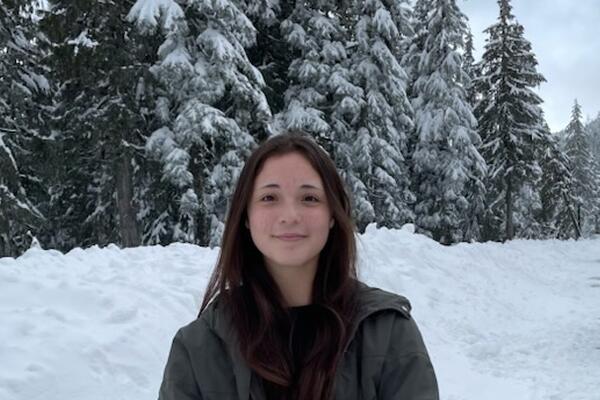The Department of Physics at Queen's University is one of Canada's leading teaching and research institutes in Physics, Engineering Physics and Astronomy. Our faculty include high-profile, world-class physicists who work on cutting edge areas of theoretical, computational, applied and experimental physics. Our students have the opportunity to engage in international collaboration as well as inter-disciplinary research with other departments at Queen's, and work in state-of-the-art laboratories.
Learn more about Dr. McDonald co-receiving the 2015 Nobel Prize
Extra Useful Events and Workshops
Student Academic Success Services offers academic support to undergraduate and graduate students through informative and engaging sessions covering various topics, including strategies for success in specific disciplines, time management, exam study strategies, and academic writing skills.
Career services offers a variety of support to students with approximately 15 classes a week available on a variety of subjects regarding resumes, cover letters, internship/job searches, networking, etc.
Yellow House is a safe, comfortable and accountable space for queer, racialized and marginalized students to create community, to feel empowered, to empower others, to celebrate and to honour their histories. They seek to engage students in initiatives that actively dismantle oppressive, racist and colonial ideologies and practices.
Follow Yellow House on Instagram or take a look at Yellow House website for upcoming events and resources tailored to QTBIPoC student communities including For Us By Us Resource Toolkit for QTBIPoC Student Success; BIPoC Grocery Tips, Solidarity Swims for trans and other non-cisgender students and their invited loved ones, BIPoC dance classes and more.







